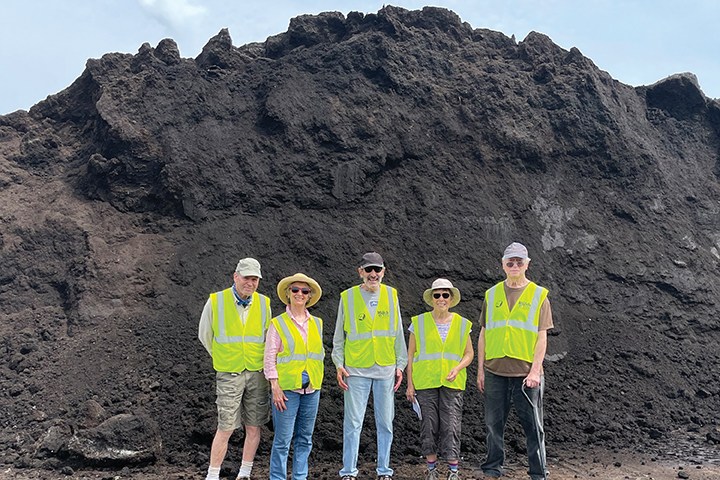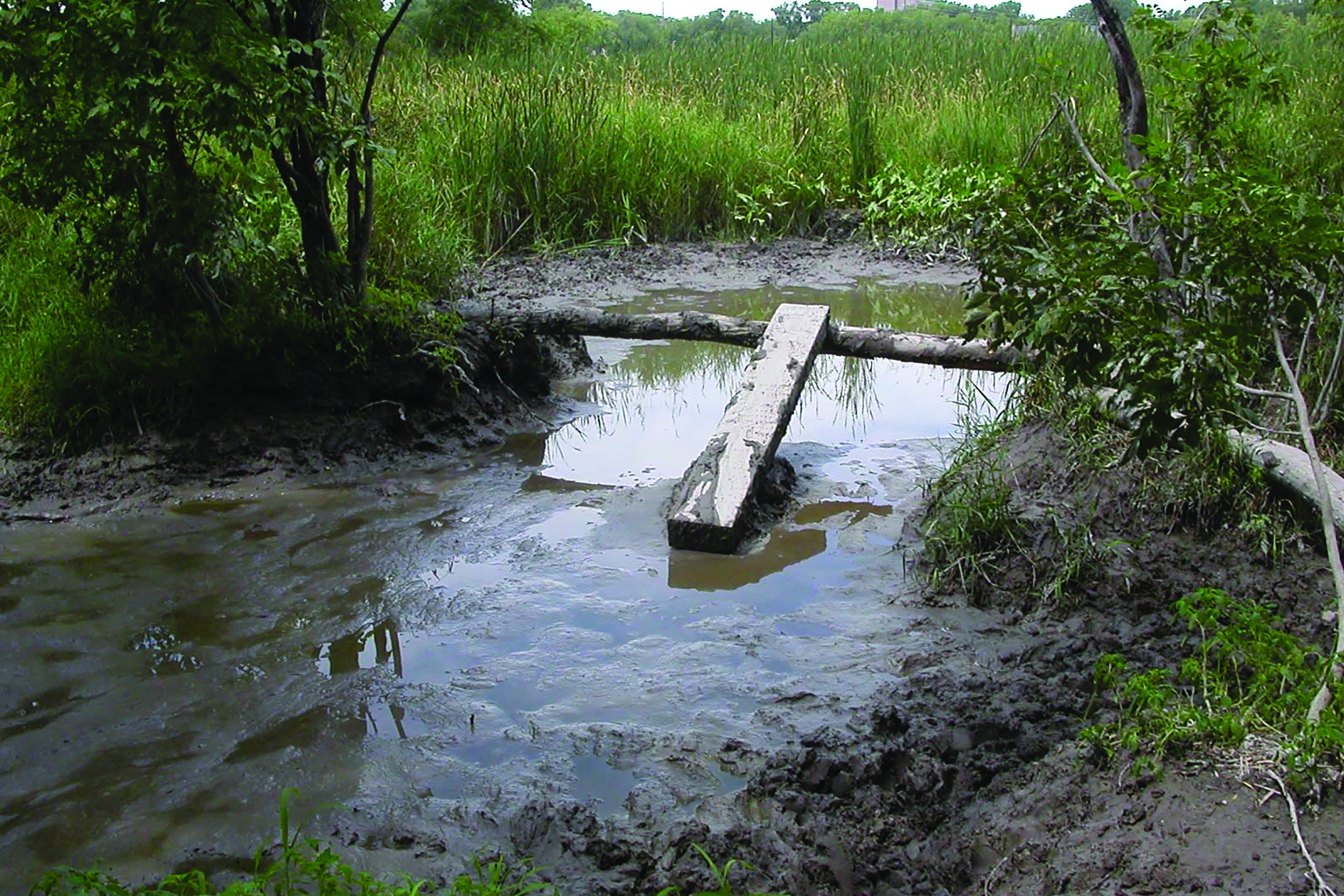Minneapolis set a goal of reducing automobile travel by 60% by 2030. The plans to achieve this include drastic changes to the roadways, making travel so slow that people would choose other modes of travel or not travel at all.
What would happen if the City of Minneapolis actually achieves its goal of reducing auto travel by 60% in seven years?
The vast majority of businesses are dependent on a customer base and workforce that exists only because of automobiles. As we make it harder for people to get to businesses, businesses will die, jobs will be lost and residents will be poorer as they can’t reach well-paying jobs in a reasonable time.
This is happening now. The city is planning to drastically reduce auto access to Uptown by reducing Hennepin Avenue from four lanes for autos to two, giving the rest of the roadway to buses and bikes.
What’s the result of reducing car access so far?
Businesses have fled in anticipation of these changes. Sixty percent of commercial real estate along Hennepin Avenue in Lowry Hill is now vacant, as reported at the last Uptown Association meeting. Seven Points Mall, once the jewel of Southwest Minneapolis, is mostly vacant except for a gym. Bicyclists will be able to ride up and down Hennepin Avenue but have no place to go because the businesses are gone.
Same with downtown Minneapolis. The biggest reason people don’t want to go back to work is the commute. Instead of making travel into downtown easier, Minneapolis has narrowed streets and bridges, refused to build parking and deliberately made travel slower.
Unsurprisingly, downtown Minneapolis lags almost every other downtown in recovery from the pandemic. Earlier this year, Minneapolis ranked 60th out of 63 downtowns in foot traffic.
The same thing happened at 42nd and Cedar, where the same business-killing transportation planning happened. The city took away 70 parking spaces, leaving the businesses there to die.
Anti-car advocates are fond of noting that traveling by car killed 42,000 people a year. But poverty kills seven times this number.
Automobile access is one of the best indicators of families leaving poverty. In a program created by HUD, families with cars were twice as likely to find a job and four times as likely to remain employed and leave poverty.
The reasons are obvious. Automobiles provide wide access to well-paying jobs that simply can’t be reached by biking, walking or transit. Many major thoroughfares outside Broadway in North Minneapolis have been narrowed to one lane, snarling traffic and making it harder to access jobs and businesses. This keeps our poorest people poor.
Imagine a single mom who lives in Minneapolis but works in the suburbs (like most Minneapolitans) picking up one kid from day care, another from school, then getting six bags of groceries before going home. The city expects her to take five buses then walk blocks with her young children and six grocery bags. Now imagine it is January. And remember that one out of every five persons in Minneapolis is a child under the age of 18. And 40% of Minneapolis parents are single parents.
We can ask the same questions for the 10% of Minneapolis residents who are over the age of 65 and for the 10% of residents under the age of 65 with a physical disability.
So why is the city making these changes?
The argument is that they are making travel safer. Yet severe accidents have increased 50% since the city started implementing these changes in 2019 and deaths of persons traveling in automobiles tripled, according to the 2023 Vision Zero Report. The argument is that these changes will also reduce carbon emissions — but forcing cars to idle needlessly or travel much further just drives up emissions when we are in a climate emergency. And, when we have a growing number of persons in poverty, we have adopted a transportation plan that makes people poorer.
The city needs to come clean about the impacts of its plan to reduce auto travel by 60% in the next seven years. There is travel modeling software that can tell us how many jobs will be lost and from this, it is possible to calculate how much wealth will be lost. This same software can calculate how much carbon emissions will increase if this goal is met.
The city also needs to do pre and post-analysis of every change it makes to the roadways, so we know why its changes are increasing, not reducing, accidents and deaths. And then it needs to stop doing the things that are increasing harm for its residents.





